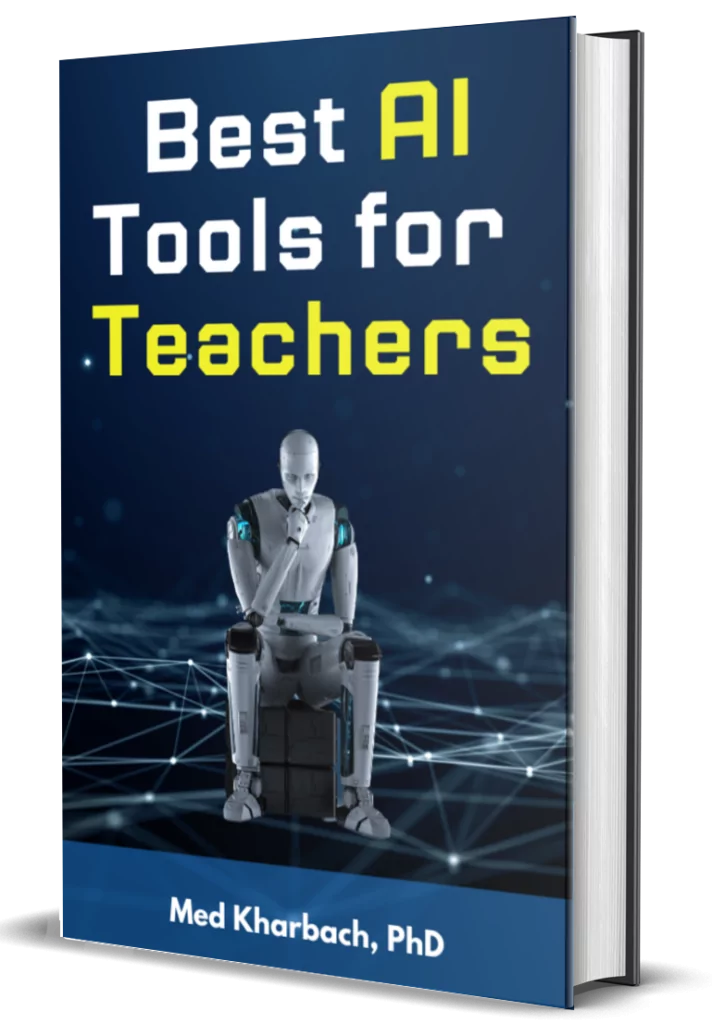No two learners learn the same way. Learning is a social practice, a form of social behaviour whose development requires attention to a number of variables least of which are the social, cultural, ethnic, racial, and contextual factors. Learners come to the classroom from varied backgrounds, some of them come from linguistically rich milieux and tend to have little or no difficulties acquiring school’s ‘elaborated code’ (to use Bernstein’s terminology). This is basically the formal language of schooling whose mastery contributes, to a greater extent, to school success. Other students come from unfortunate contexts and struggle at school to achieve better and bridge the gap separating them from their advantageous peers.
Several scholars and educationists subsume, in a general sense, failure at school in linguistic or language failure (see for instance Bernstein and Johnstone). That is, the specialized variety used in school instruction is to blame for poor achievement. Proponents of this view argue that unless the linguistic code used in teaching relates to students personal experiences, optimal learning experiences are unlikely to take place in class. However, I find this linguistic determinist stance reductionist in scope and I , following the functionalist linguist Michael Halliday, lean towards a heuristic approach that views the problematic of language as the starting point to a full diagnosis of the educational failure, a diagnosis which extends to include social, economic, cultural and even psychological factors. For those of you interested in this discussion, I recommend Halliday’s book ‘ Explorations in The Functions of Language’.
However, no matter what underlies failure at school, one valid fact remains indisputable: the role of the teacher can make a huge difference in the way students learn. More specifically, the mode of instruction employed can be a game changer. Educational failure can be immensely minimized through the adoption of pluralistic and diversified teaching strategies. Differentiated teaching strategies are key in fostering a learning culture that benefits students from various socio-economic and cultural backgrounds and meets their various learning styles. In the visual below which is based on Marcus Guido’s article “20 Differentiated Instruction Strategies and Examples”, we share with you some examples of practical ways to help you differentiate your teaching strategies. Check it out and share with us your feedback in our Facebook page. This visual is also available for free download in PDF format.
References:
Halliday, M. (1973). Explorations in the functions of language. London: Edward Arnold Ltd.
Johnstone, B. (1996). The linguistic individual: Self-expression in language and linguistics. New York: Oxford University Press.
Bernstein, B. (1990). The structuring of pedagogic discourse (Class, codes and control volume IV). London: Routledge.





